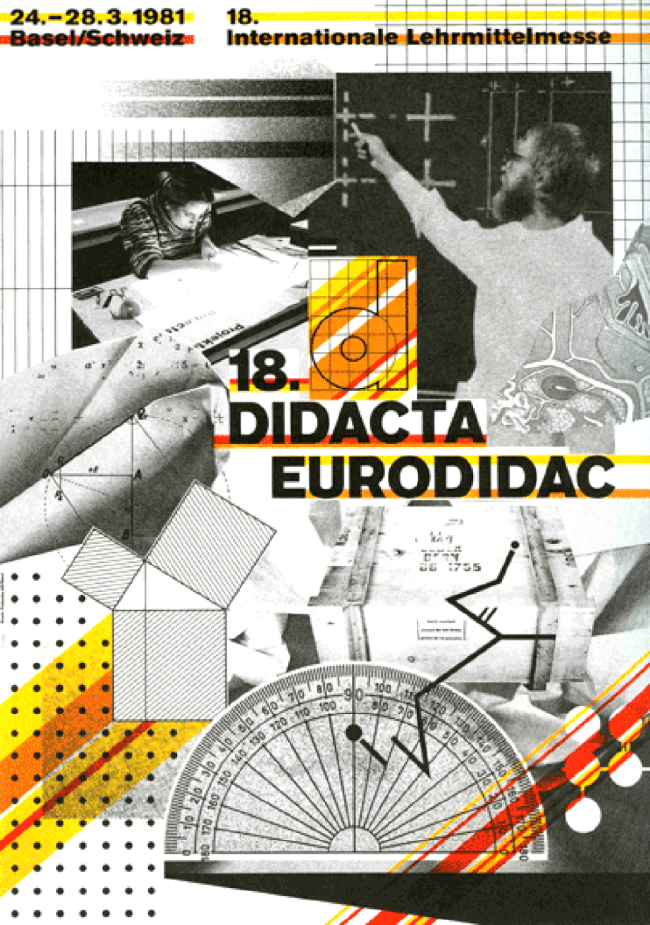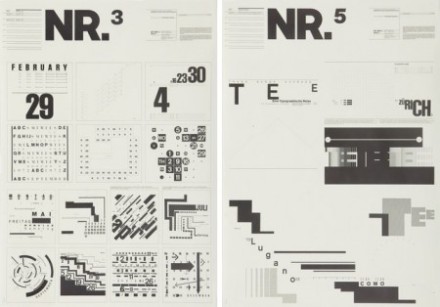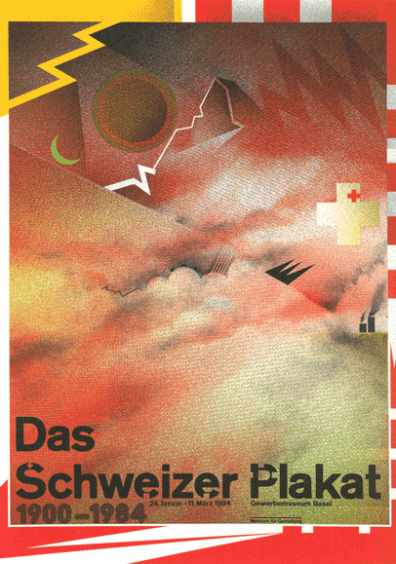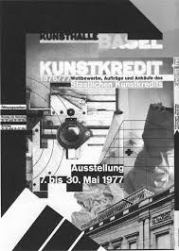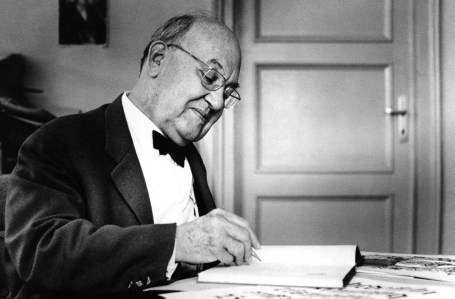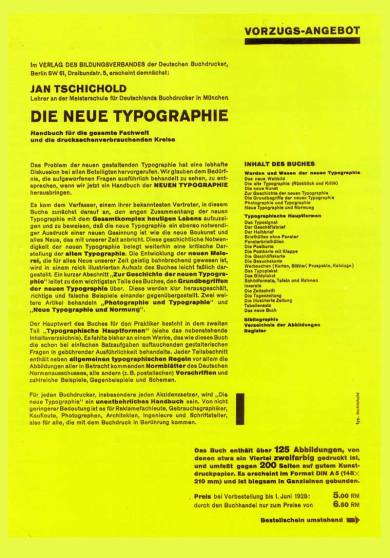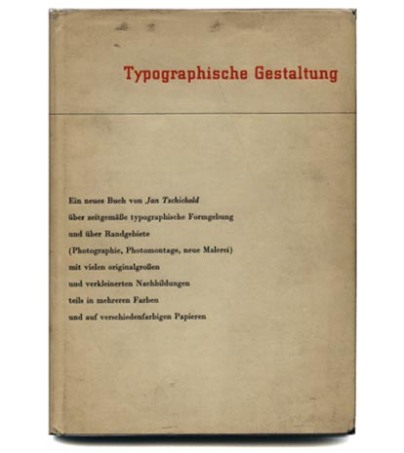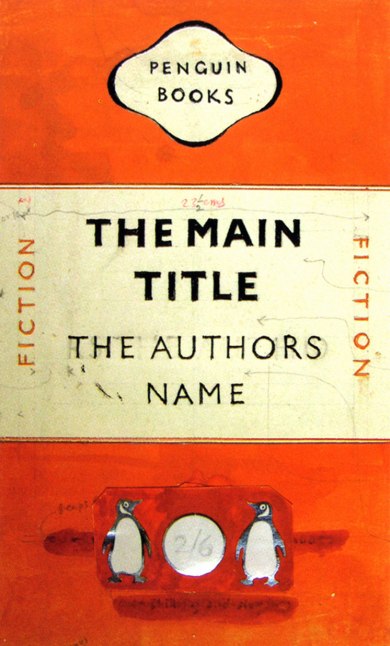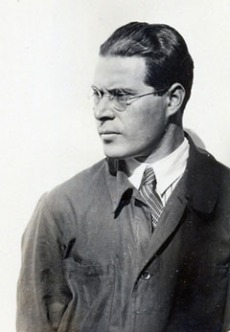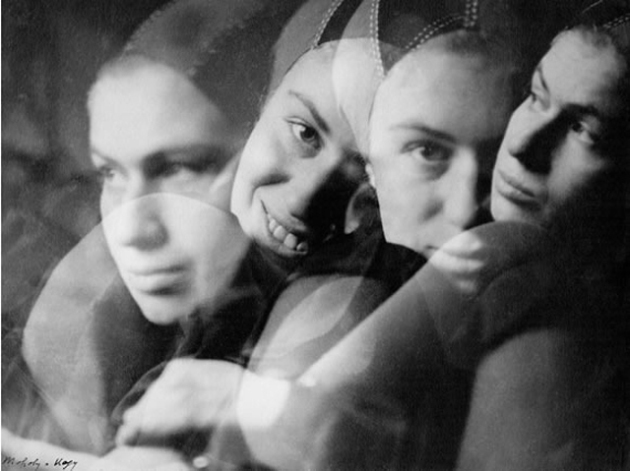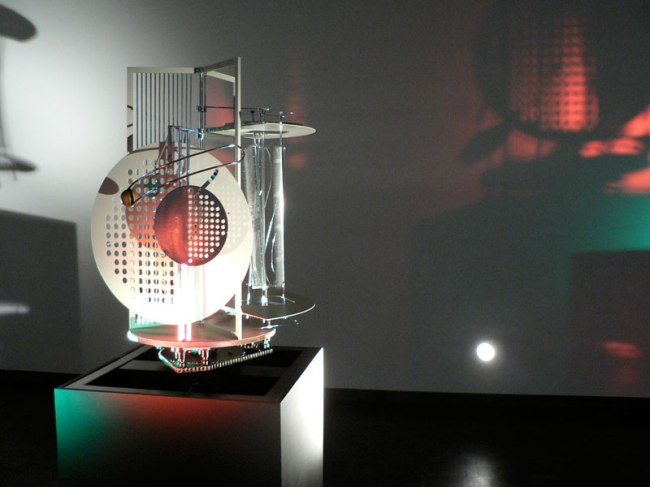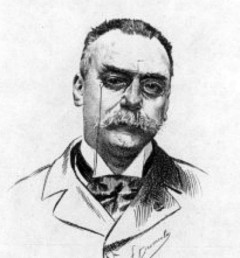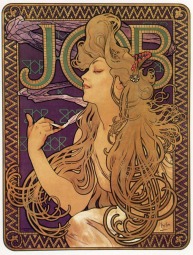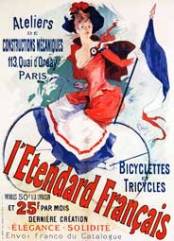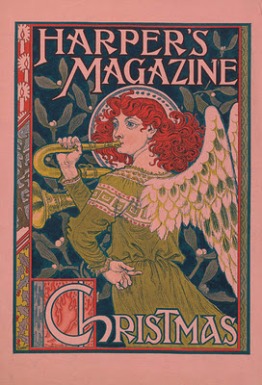He started it all. It was he who ignited the spark of ‘typographic anarchy’ that exploded on the verge of the nineteen nineties. It was he who fathered what was subsequently dubbed Swiss Punk, or New Wave Typography, perhaps even post-modernism. His name is Wolfgang Weingart. Wolfgang Weingart was born in 1941 Switzerland. Weingart spent his childhood in Germany, moving briefly to Lisbon in 1954 with his family. In April 1958 he returned to Germany and began his studies at the Merz Academy in Struttgart, where he attended a two year program in applied graphic arts. This is where he learned about typesetting.
Didacta Eurodidac 1980-81
After working at a typesetting firm, Weingart decided to further his education by attending the Basel School of Design. There he worked under Armin Hoffmann and Emil Ruder. Through his studies he was introduced to Swiss typography, or The International Style. The International Style was based on the Bauhaus movement and used grid systems as the foundation for type and image layout. As stated in his biography from one of my sources, in 1968, Weingart began teaching typography at the Basel School of Design. During his time at Basel the postgraduate course he proposed and taught was a drastically different from the principles of order, clarity, pattern and rhythm taught by Emil Ruder.
Typographic Process, Nr 1. Organized Text Structures 1974
It was his new approach to typography that influenced the development of New Wave, Deconstruction and much of graphic design in the 1990s. While he would contest that what he taught was also Swiss Typography, since it developed naturally out of Switzerland, the style of typography that came from his students led to a new generation of designers that approached most design in an entirely different manner than traditional Swiss typography.
Das Schweizer Plakat 1984
Weingart’s students included April Greiman, Jim Faris, Franz Werner, Robert Probst, Jerry Kuyper and Emily Murphy.The design process he employed was very interesting to learn about, and the whole process is explained in this AIGA article excerpt. Students were simply asked to consider the appropriate size, weight and style of the letters they wanted to use. They set the type by picking the lead letters individually from the type case and placing them side-by-side in a composing stick, carefully determining the proper letter spacing, end-of-line spacing and leading. The finished composing was printed in a letterpress proofing press and dried with baby powder. Students then cut it apart and began to design. In order to eliminate the shadows of the cut paper and see their compositions as one plane, a piece of glass was gingerly lowered over the surface. This whole process seems extensive, but came out with awesome results. Wolfgang, came out on top of his typography style. He, not only was daring to try a new style, and then teach it for almost 40 years, but lead a new wave of artist to do the very same in his wake.
Kunsthalle Basel Kunstkredit 76-77 1977
http://www.aiga.org/medalist-wolfgang-weingart/
